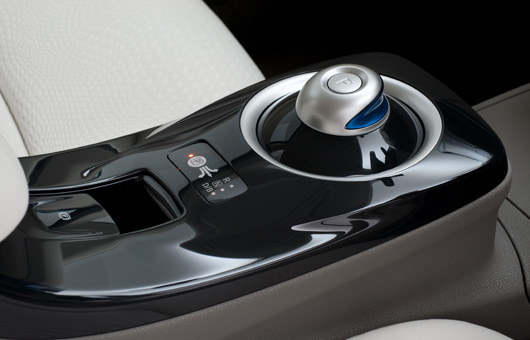This sense of the apocalyptic rings particularly true for Nissan who has produced a vehicle which, rumour has it, is the world’s first affordable zero emission car.
Earlier this year Nissan unveiled ‘Leaf’, a medium-sized, five-seater hatchback specifically designed for a lithium-ion battery-powered chassis.
Leaf by name and by nature, this new model not only symbolises the purifying effect leaves have on carbon dioxide, it runs for up to 160 kilometres between refills.
Describing the car as the first step in an exciting journey, Nissan’s president and chief executive officer, Carlos Ghosn, says the ‘Leaf’ is a tremendous achievement. “We have been working tirelessly to make this a reality – the unveiling of a real-world car that has zero, not simply reduced, emissions,” he says.
Nissan are pinning their hopes on the car attracting the environmentally conscious, with a zero emission engine, affordable pricing and distinctive design.
‘Leaf’’s styling showcases an upright, v-shaped design featuring long, up-slanting LED headlights which utilise a blue internal reflective design, while splitting and redirecting airflow away from door mirrors to reduce wind noise and drag.
The LED headlights also consume 50% less electricity than conventional lights, channelling the extra power available into the car’s speed range. Environmental to the core, the ‘Leaf’’s ‘blue earth’ colour scheme permeates the car with blue dashboard highlights and instrument illumination.
It appears that aesthetics are not always on the top of the list when it comes to ‘eco-cars’ and there is certainly a way to go before these vehicles are considered luxury. However, the more attention sustainable transport attracts, the more likely we are to see some high-end brands take their design seriously.
‘Leaf’ will only initially be released to Japanese, American and European markets in late 2010.
Nissan
nissan-zeroemission.com






